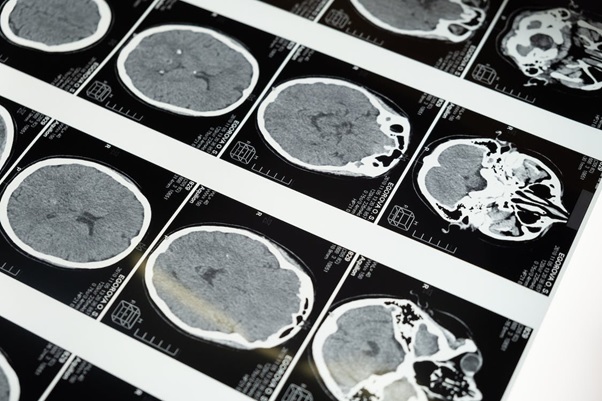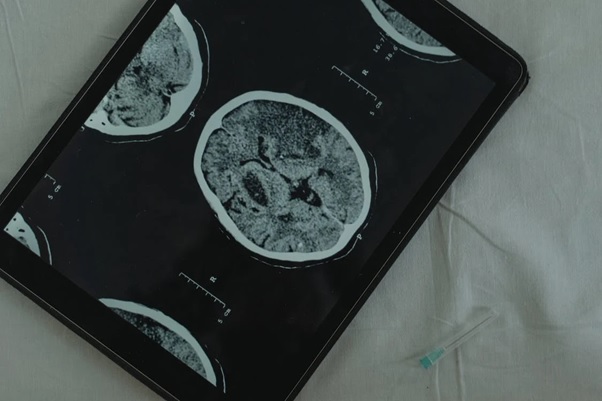At the young age of six, Lucas reached a staggering conclusion: an uncommon type of mind growth. At that point, the anticipation appeared to be dreary. Reviewing the awful discussion with Lucas’ folks, French specialist Jacques Barbecue feels the heaviness of conveying fresh insight about their child’s grim future with cerebrum disease.
Quick forward seven years, and Lucas, presently 13, remains as an encouraging sign
Strikingly, there is no hint of the once-weakening cancer as indicated by Science Alert. Hailing from Belgium, Lucas holds the qualification of being the primary youngster worldwide to win over brainstem glioma. A forceful disease, as affirmed by the specialists at the Gustave Roussy Malignant growth Place in Paris.
Dr. Barbecue, top of the mind cancer program at the middle, wonders about Lucas’ flexibility, expressing, “Lucas opposed all chances. Over a progression of X-ray examines, I looked as the cancer totally vanished.” Referred to officially as diffuse characteristic pontine glioma (DIPG), this growth burdens roughly 300 kids in the US and up to 100 in France every year.
With Lucas being quick to beat this sort of mind disease, different kids are retaliating
As the clinical local area observes Global Youth Malignant growth Day, headways are recognized. With north of 85% of youngsters presently enduring this sort of cerebrum malignant growth past five years post-finding. Notwithstanding, for those determined to have DIPG, possibilities stay troubling, with most capitulating soon. A simple 10 percent get by past two years, notwithstanding endeavors to moderate the growth’s fast movement through radiotherapy.
An excursion into the obscure for Lucas and his loved ones
Enter Lucas and his family, who traveled to France to select him in the BIOMEDE preliminary. An endeavor investigating novel medicines for DIPG. Answering strikingly to the medication everolimus, haphazardly dispensed to him, Lucas bewildered specialists as his growth evaporated completely over progressive X-ray examines.
However, even as Lucas stopped taking the prescription eighteen months prior, the growth stayed missing. A peculiarity unmatched in clinical records. Dr. Barbecue credits Lucas’ uncommon recuperation to the growth’s one of a kind hereditary cosmetics, placing that an interesting transformation increased its helplessness to the medication.
With no other case like his, specialists dig further
Captivated by Lucas’ case, analysts dig further, examining hereditary irregularities and developing cancer organoids in research center settings. Marie-Anne Debily, supervising the examination, communicates idealism, imagining a potential advancement wherein Lucas’ cell qualifications could make ready for successful medicines. “The following stage will be to find a medication that significantly affects cancer cells as these cell transforms.” She said.
Specialist Barbecue said: “I don’t know about some other case like him on the planet. Lucas’ growth had a very interesting change, which we trust made its cells undeniably more delicate to the medication.” He added: “Lucas is accepted to have had a specific type of the sickness. We should comprehend what and for what reason to prevail in medicinally imitating in different patients what happened normally with him.”
In spite of the promising turns of events, alert wins. Dr. Barbecue underlines the delayed direction from disclosure to sedate turn of events, forewarning that reasonable medicines are years away. Pediatric oncologist David Ziegler repeats this feeling, recognizing the developing scene for DIPG treatment while underlining the requirement for proceeded with research and clinical preliminaries. “By and large, it requires 10-15 years from the main lead to turn into a medication – it’s a tedious cycle,” Barbecue added.

